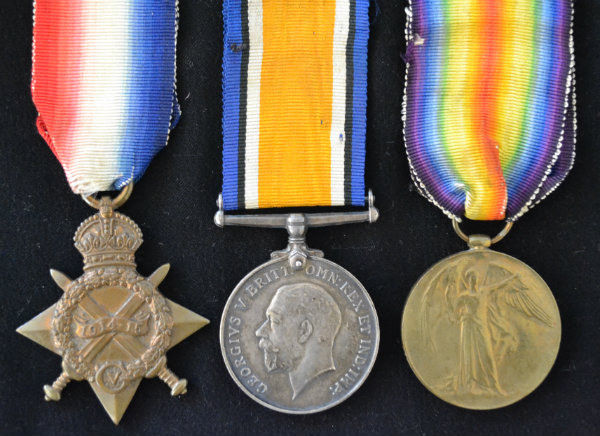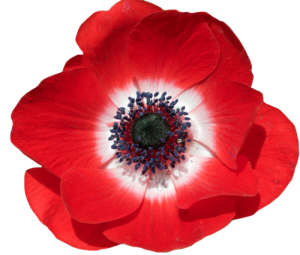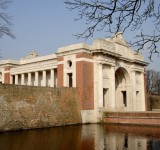Personal Details
Born in Broughall, Whitchurch in 1892, the second son of William and Mary Heycocks of Brook Cottage, Broughall, Whitchurch
John worked as a Farm Waggoner before enlisting in August 1914, he landed in France on the 17th May 1915
Military Details
Regiment : 2nd Battalion King’s Shropshire Light Infantry
Rank : Private
Service Number : 10706
Killed in Action; Belgium 25th May 1915 Age 23

The 1914 Star (also known as 'Pip') was authorised under Special Army Order no. 350 in November 1917 and by an Admiralty Fleet Order in 1918, for award to officers and men of the British and Indian Expeditionary Forces who served in France or Belgium between 5 August and midnight of 22–23 November 1914. The former date is the day after Britain's declaration of war against the Central Powers, and the closing date marks the end of the First Battle of Ypres.
The 1914–15 Star (also known as 'Pip') was instituted in December 1918 and was awarded to officers and men of British and Imperial forces who served against the Central European Powers in any theatre of the Great War between 5 August 1914 and 31 December 1915. The period of eligibility was prior to the introduction of the Military Service Act 1916, which instituted conscription in Britain.
The British War Medal (also known as 'Squeak') was a silver or bronze medal awarded to officers and men of the British and Imperial Forces who either entered a theatre of war or entered service overseas between 5th August 1914 and 11th November 1918 inclusive. This was later extended to services in Russia, Siberia and some other areas in 1919 and 1920. Approximately 6.5 million British War Medals were issued. Approximately 6.4 million of these were the silver versions of this medal. Around 110,000 of a bronze version were issued mainly to Chinese, Maltese and Indian Labour Corps. The front (obv or obverse) of the medal depicts the head of George V. The recipient's service number, rank, name and unit was impressed on the rim.
The Allied Victory Medal (also known as 'Wilfred') was issued by each of the allies. It was decided that each of the allies should each issue their own bronze victory medal with a similar design, similar equivalent wording and identical ribbon. The British medal was designed by W. McMillan. The front depicts a winged classical figure representing victory. Approximately 5.7 million victory medals were issued. Interestingly, eligibility for this medal was more restrictive and not everyone who received the British War Medal ('Squeak') also received the Victory Medal ('Wilfred'). However, in general, all recipients of 'Wilfred' also received 'Squeak' and all recipients of The 1914 Star or The 1914/1915 Star (also known as 'Pip') also received both 'Squeak' and 'Wilfred'. The recipient's service number, rank, name and unit was impressed on the rim.
Further Information
Report in the Whitchurch Herald June 1915 on the death of John Heycocks
“Private John Heycocks son of Mrs Heycocks of Broughall has been reported missing since the 25th May 1915. He joined Kitchener’s Army at the first call for men on the 8th August 1914. He was in action at Ypres on the 25th of May, subsequently a packet of nine photographs were found on the battlefield, one of these was published in the Daily Sketch newspaper, John’s sister recognised it as a picture of herself and her baby, the photographs were returned to her, all the photographs had been pierced by shrapnel”
Whitchurch Herald June 1915
If you can provide any further information on John Willie Heycocks please get in touch by leaving a comment below, using our Contact Form or by calling in to Whitchurch Heritage Centre.
Information provided by Terry Evanson Whitchurch, Shropshire and Whitchurch Museum and Archives


